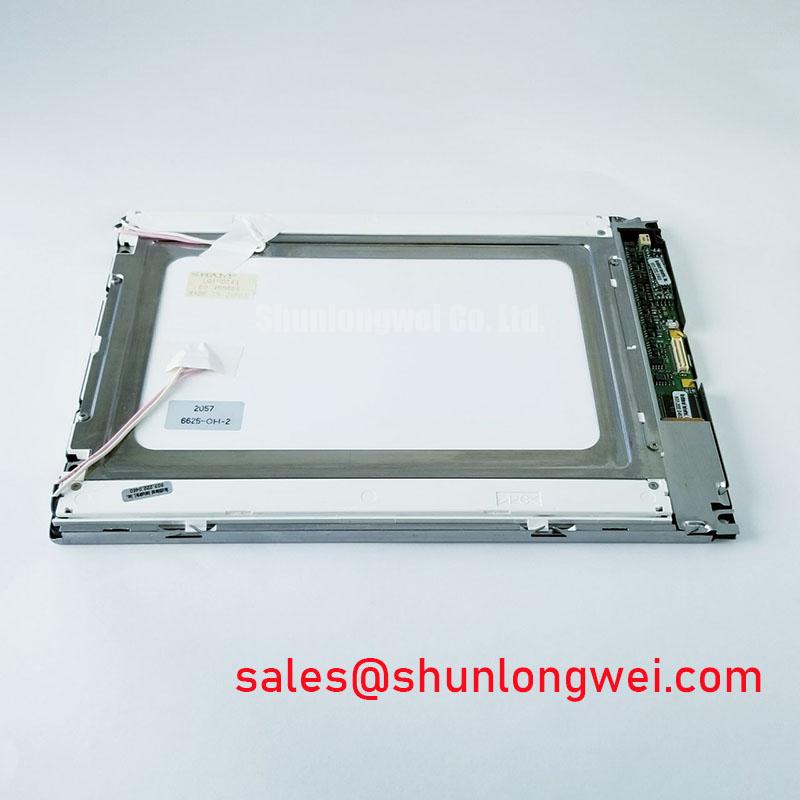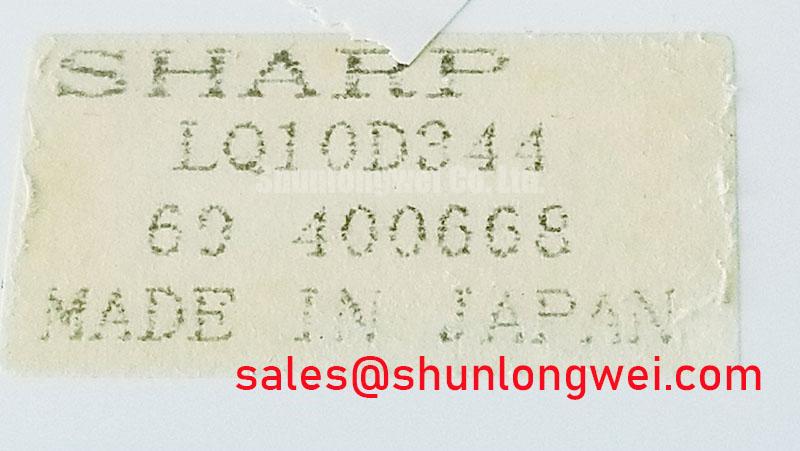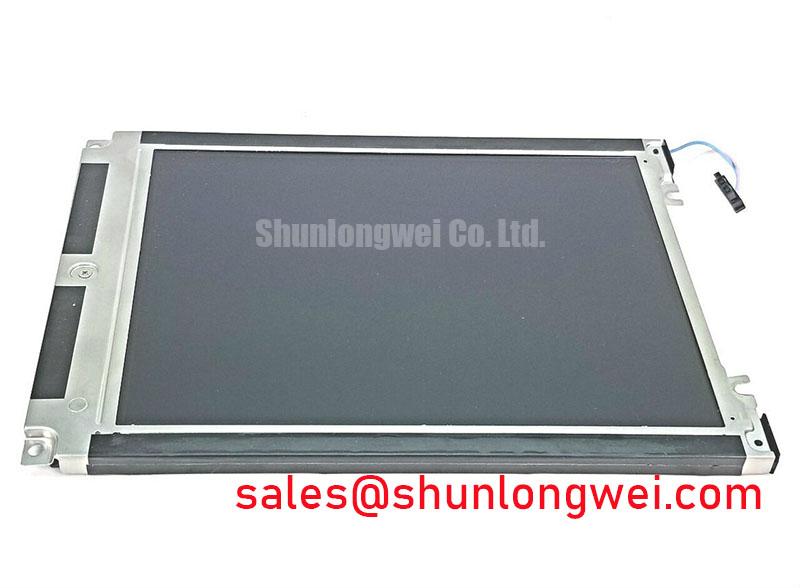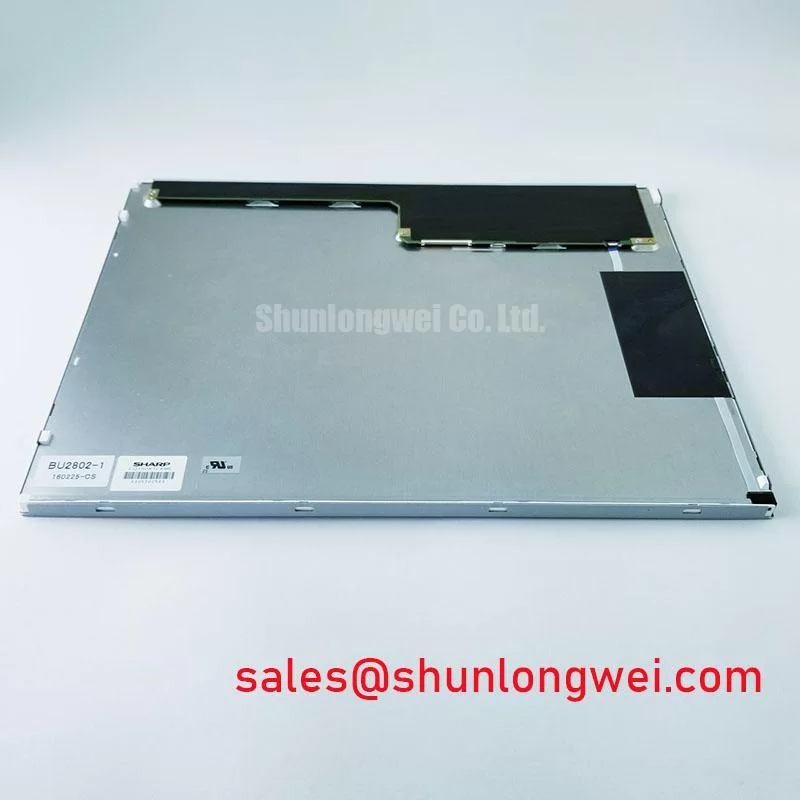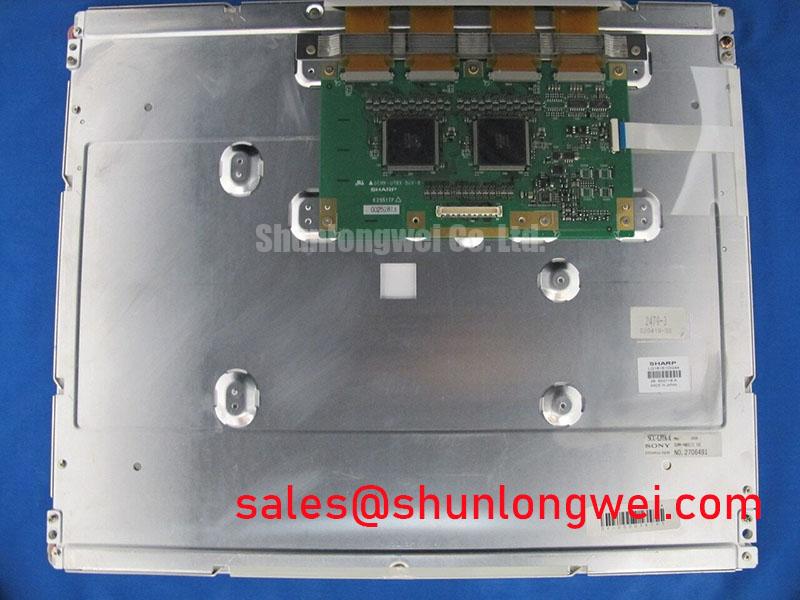Content last revised on November 21, 2025
LQ10D344: Sharp 10.4-inch 640x480 TFT LCD for Industrial Control Systems
Product Overview
A Proven Display Solution for Reliable System Integration
The Sharp LQ10D344 is a 10.4-inch color a-Si TFT-LCD module engineered for consistent performance and straightforward integration into industrial applications. Delivering a crisp 640x480 VGA resolution and a standard digital interface, this display provides a dependable visual foundation for human-machine interfaces (HMIs), process controllers, and instrumentation. Its key strengths are its proven design for long-term availability and compatibility with established industrial hardware. For industrial HMI systems requiring a field-tested 10.4-inch VGA display with consistent performance, the LQ10D344 offers a robust and reliable solution.
Key Parameter Overview
Decoding the Specs for Industrial HMI Design
The technical specifications of the Sharp LQ10D344 are tailored for integration into a wide range of industrial control and monitoring equipment. The following parameters highlight its capabilities as a core component for clear and reliable visual feedback in demanding operational settings.
| Feature | Specification |
|---|---|
| Display Size | 10.4 inch (26 cm) diagonal |
| Resolution | 640(RGB) x 480 [VGA] |
| Pixel Arrangement | RGB Vertical Stripe |
| Active Area | 211.2(H) × 158.4(V) mm |
| Luminance | 250 cd/m² (Typ.) |
| Contrast Ratio | 300:1 (Typ.) (TM) |
| Viewing Angle | 60/60/40/60 (Typ.)(CR≥10) |
| Color Depth | 262K (6-bit) |
| Backlight System | 1 pc CCFL, without driver |
| Signal Interface | Parallel RGB (1 ch, 6-bit), 31 pins Connector |
| Operating Temperature | 0 ~ 55 °C |
| Storage Temperature | -25 ~ 70 °C |
| Surface Treatment | Antiglare, Hard coating (3H) |
Application Scenarios & Value
System-Level Benefits in Industrial Control and Legacy System Upgrades
The primary value of the Sharp LQ10D344 lies in its ability to serve as a reliable and easily integrated display for both new designs and legacy system retrofits. A prime engineering scenario is the upgrade of aging factory industrial HMI systems that may currently use monochrome or early-generation color displays. The challenge in such projects is to enhance visual clarity and operator efficiency without requiring a complete redesign of the host controller or enclosure.
The LQ10D344 directly addresses this by providing a standard 640x480 VGA resolution and a parallel 6-bit RGB interface, which are native to many embedded and industrial single-board computers. This compatibility eliminates the need for complex video signal converters, significantly reducing engineering effort and project risk. What is the benefit of its CCFL backlight? In legacy applications, the well-understood characteristics of the CCFL backlight ensure predictable performance and simplify maintenance cycles. For systems requiring higher resolution for more detailed graphical overlays, the related NL10276AC30-42D offers an XGA (1024x768) alternative.
Frequently Asked Questions (FAQ)
How does the parallel 6-bit RGB interface impact system integration?
This interface is a straightforward digital connection common in industrial controllers. It simplifies the design process by allowing a direct link to the system's graphics processor without requiring specialized interface protocols like LVDS, making it ideal for cost-sensitive or legacy-compatible designs.
What are the key design considerations for the CCFL backlight system?
The LQ10D344's CCFL backlight requires an external inverter to supply the necessary high voltage. Engineers must allocate space for this inverter and ensure proper thermal management. The benefit is that CCFL technology is mature, with predictable performance and long-term availability of compatible drivers.
Is the 250 nit brightness and 300:1 contrast ratio suitable for typical factory floor environments?
Yes, for indoor industrial environments with controlled, ambient lighting, a brightness of 250 cd/m² and a 300:1 contrast ratio provide excellent readability for status indicators, process data, and control menus. The antiglare surface further enhances viewability by diffusing reflections from overhead lighting.
Why is a VGA (640x480) resolution still relevant in modern industrial applications?
VGA remains a robust and widely supported standard for many industrial applications that prioritize reliability and clarity over high pixel density. Information displays for machine control, simple data readouts, and status panels do not require HD resolution, and using a native VGA panel like the LQ10D344 ensures maximum compatibility and avoids scaling artifacts that can occur when displaying a lower-resolution signal on a higher-resolution screen.
Application Vignette
Modernizing a Legacy CNC Machine Control Panel
Consider the challenge of upgrading a 15-year-old CNC machine whose original monochrome electroluminescent display is failing. The machine's core controller is still functional and outputs a standard VGA signal, but finding an exact replacement for the obsolete display is impossible. A complete system retrofit is cost-prohibitive.
The LQ10D344 presents an optimal engineering solution. Its 640x480 resolution perfectly matches the controller's output, preventing any need for signal conversion hardware. The parallel RGB interface can be wired directly to the controller's existing display port with a simple adapter. The display's standard 10.4-inch mechanical footprint often allows it to be mounted in the original enclosure with minimal modification. This upgrade transforms the operator's experience, replacing a dim, text-only screen with a clear, color-coded graphical interface that can reduce errors and improve setup times. This approach is akin to replacing an old, reliable engine with a modern, more efficient version that fits the same mounts—it revitalizes the equipment's functionality and extends its valuable service life without altering the core infrastructure.
Strategic Outlook
Integrating a component like the LQ10D344 reflects a strategic decision to prioritize system longevity and maintainability. By leveraging a display built on established interface and resolution standards, designers ensure a stable platform that is less susceptible to the rapid obsolescence cycles seen in consumer electronics. This focus on proven technology underpins the development of robust, long-life industrial equipment, aligning with long-term operational goals and minimizing total cost of ownership. For a broader understanding of the technologies involved, resources on TFT-LCD provide foundational knowledge, while manufacturers like Sharp offer insight into the industrial display landscape.

